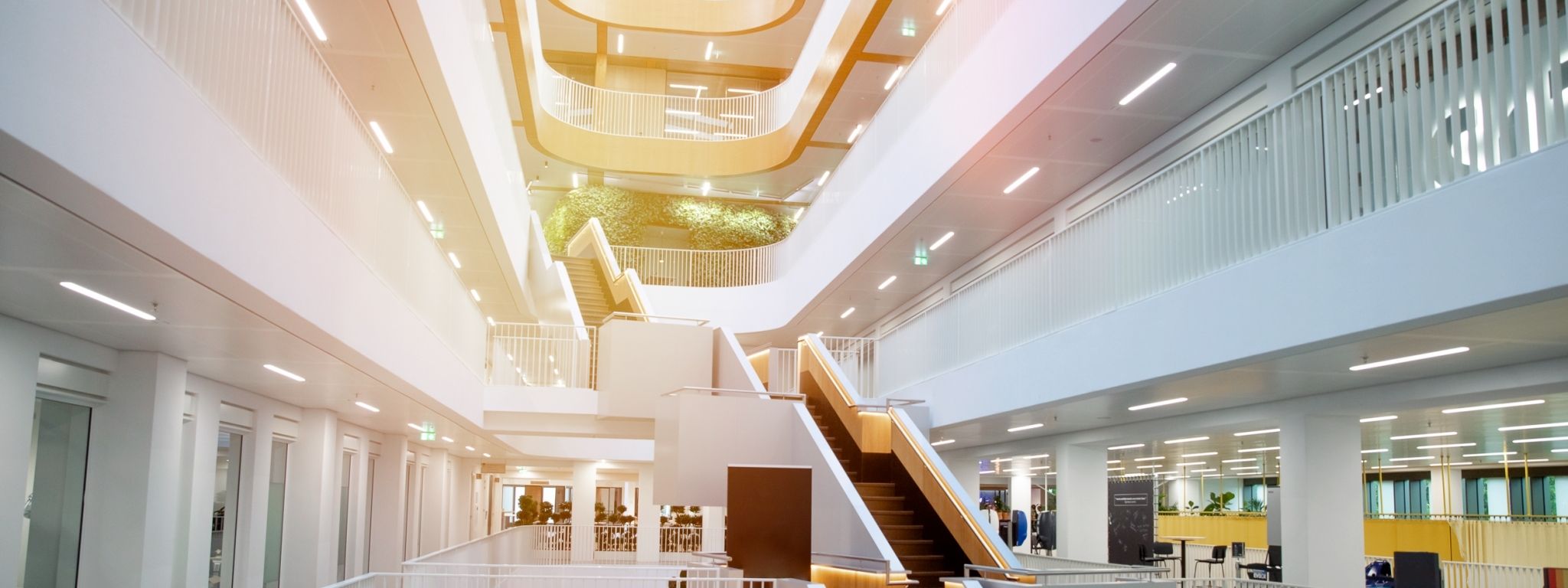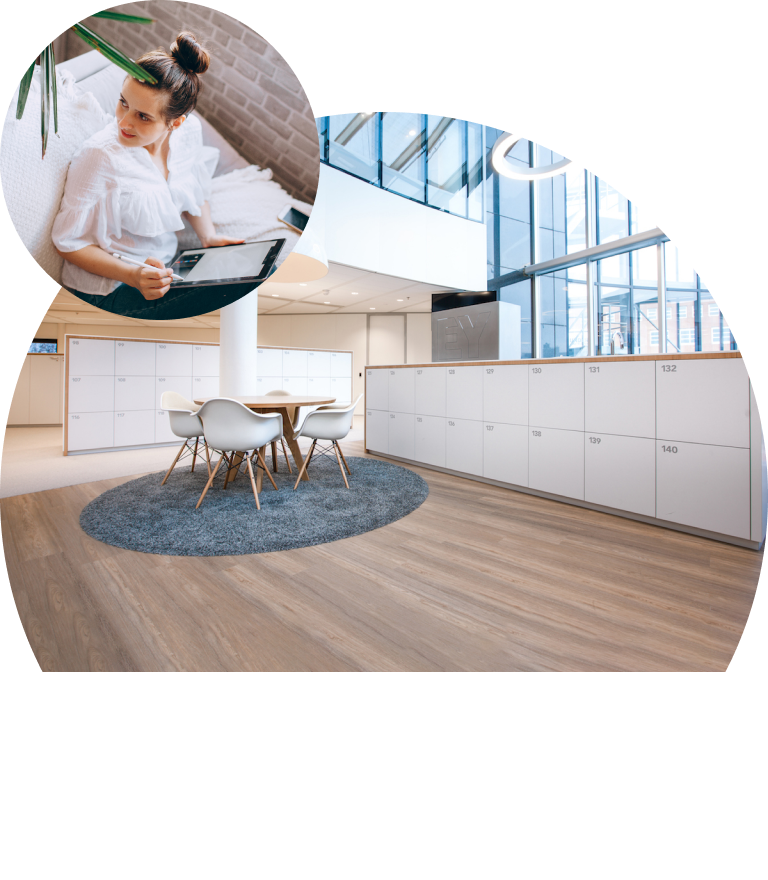Embracing technology to enable the future of work
The workplace is constantly evolving, and technology is evolving with it. Now more than ever, businesses have the ability to make confident, data-based decisions on how to allocate resources. To maximize efficiencies, businesses need to truly understand how their employees work. One of the most efficient and popular work styles is activity based working.
Activity based working (ABW) hit its stride in the Netherlands 10 years ago. With the rise of smart buildings and workplaces and after several experiments, trials and errors, the workplace disruption on how to work has established itself on a global scale. Technology has been identified as one of the pillars of this disruption. We summarize three ways how technology supports your workplace.
1. Technology to support incremental workplace design
Technology allows you to iterate the workplace concept over time. The building and workplace become an enabler for change by capturing the data needed to understand which adjustments to make. Take for example the smart lockers, they are capturing data on actual usage which is input for workplace design.
The data can be analysed in real time to develop the workplace and to provide a better understanding of which spaces need to be expanded and which are being underused.In addition to the need for the staff to feel engaged, businesses need to be cognizant of how these employees operate within a space to maximize efficiencies. A Deloitte study indicates the average modern workplace only utilizes 60 percent of its available space, which means any unused area and can be a significant and unnecessary expense to a business.
2. Technology to support positive behavioural reinforcement
The smart workplace is only smart when everything comes and works together. The smart platform works when key technologies are in place, from workplace sensors to smart storage. The data are real time monitored and can be used to enhance positive behaviour. Workplace applications can be a useful tool to support this. Workplace applications can e.g. help users to identify the rules when entering a different work zone, it can help them to easily adapt their behaviour to the new workplace. Or it can show them availability of meeting rooms and work spaces and encourage users to easily reserve or liberate assets.
The locker management software Releezme by Vecos uses technology as well to enable positive behavioural change. Imagine the ease of sending push messages to all locker uses when lockers need to be cleared, when lockers are not used or simply when visitors are entering a building and you wish to provide them a locker.
3. Technology to support mobility & employee happiness
In order for employees to experience the benefits of an activity based workplace, technology needs to accommodate diverse requirements. The right technology enables the staff to move through various work settings and to store their personal belongings wherever they are. As a consequence the staff’s productivity, happiness and autonomy increases at work.
Smart solutions provide employees with services that ease the use of the premises. Employees can see, for example, which workstations are currently available or where a colleague is in the premises. The solutions can also be used to report any shortcomings in the workplace, for example when a meeting room is too cold or when any technology is missing.
When we translate this to locker management, it means that users can easily see where to find available lockers or to locate shared team lockers. Facility managers can simply review which lockers are most popular and users can choose lockers based on preference, e.g. based on height or special equipment.
Conclusion: Technology is driving the modern workplace
Through analytics, businesses can now truly connect their people, understand existing assets and optimize spend to create a frictionless workplace experience. The modern-day office is becoming a smart workplace, as new technologies are using sensors to provide unbiased data to help businesses understand their current workplace needs, reduce complexities and plan for the future.
With the evolution of IoT in the workplace, businesses have never been so empowered to make informed decisions based on objective data regarding their furniture, real estate and arguably their most important asset – their people – to get the most out of their investments.


-2.jpg)

